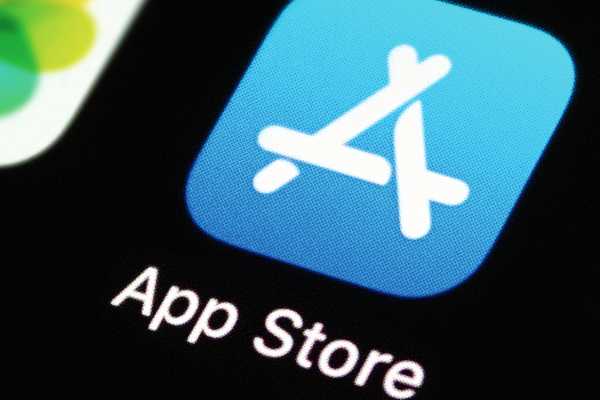Cupertino, USA: Apple’s App Store ecosystem supported $519 billion in billings and sales globally in 2019, according to Analysis Group‘s new study. This study gives a global perspective on Apple’s App Store ecosystem, which is considered as one of the most vibrant app market, beside Google’s Play Store.
M-commerce
For Apple‘s App Store ecosystem, mobile commerce (m-commerce) apps, digital goods and services apps, and in-app advertising were the highest value categories.
This led to a full sweep of the dynamic, competitive, and flourishing app economy with innovation spanning across 175 countries and changed the way the world learns, works, and connects, the study revealed.
Direct Payments & Commission
Apple actually makes direct payments to developers from Apple and it’s only a fraction in comparison to the total sales accounted from other sources including physical goods and services.
The company only gets a commission from the billings linked with digital goods and services. Over 85% of the $519 billion total accrues solely to third-party developers and businesses of all sizes, the study stated.
App Store & Innovation
“The App Store is a place where innovators and dreamers can bring their ideas to life, and users can find safe and trusted tools to make their lives better,” said Tim Cook, Apple’s CEO.
“In a challenging and unsettled time, the App Store provides enduring opportunities for entrepreneurship, health and well-being, education, and job creation, helping people adapt quickly to a changing world,” added Cook.
Apple’s Commitment
Cook emphasized that Apple is committed to doing more to support and nurture the global App Store community.
“From one-developer shops in nearly every country to businesses that employ thousands of workers — as it continues to foster innovation, create jobs, and propel economic growth for the future,” he said.
Sales from Physical Goods & Services
Sales from physical goods and services accounted for $413 billion, which has largest share of the $519 billion App Store ecosystem supported in 2019. These sales were largely driven by
M-commerce apps generated majority of these sales and retail apps led sales stood at $268 billion. Retail apps include digitally representing brick-and-mortar stores such as Target and Best Buy, along with virtual marketplaces such as Etsy that sell physical goods. It doesn’t include grocery delivery, which is its own category.
Other types of M-commerce apps
Other types of m-commerce apps were among the largest sources of sales from physical goods and services. Travel apps, including Expedia and United, accounted for $57 billion. Ride-hailing apps, including Uber and Lyft generated $40 billion in sales, and food delivery apps including DoorDash and Grubhub earned $31 billion, through the Apple’s App Store ecosystem.
Billings and sales from digital goods and services comprised $61 billion, and this category included apps for music and video streaming, fitness, education, ebooks and audiobooks, news and magazines, and dating services, among others.
Gaming apps
Gaming apps were most downloaded in 2019 and the game app category generated largest billings and sales. “Mario Kart Tour” was among the most downloaded gaming apps in 2019, while independent game developer’s game “Skye: Children of the Light” won Apple’s 2019 iPhone Game of the Year.
In-app Advertising Sales
In-app advertising sales accounted for $45 billion, and of that, 44% was derived from games. Non-gaming apps that generate substantial in-app advertising sales are often free to download and use, such as Twitter and Pinterest, though others also offer in-app purchases to access content, such as The New York Times and MLB.com.
The study looked at 2019 data to capture an accurate snapshot of the full App Store ecosystem, taking into account all sources of commerce.
Due to COVID-19, the social distancing has become new norm for individuals, impacting the way they live their lives. Hence they are spending more time on their mobile devices. Social apps are being used to stay connected with friends and families. Students and employees are relying on education and business collaboration apps. .
Food and grocery delivery apps have gained from rising consumer demand. However, apps related to businesses that have faced restrictions, or those that require in-person interactions, have seen a sharp drop-off.
Many brick-and-mortar businesses have turned to mobile commerce, otherwise may have been forced to close without this alternative digital platform.
Launched in 2008, the App Store is considered as the world’s safest and most vibrant app marketplace and has almost 2 million apps and visited by half a billion people each week across 175 countries.
Apple revolutionized personal technology with the introduction of the Macintosh in 1984. Today, Apple has over 100,000 employees and leads the world in innovation with iPhone, iPad, Mac, Apple Watch, and Apple TV.
Apple’s five software platforms — iOS, iPadOS, macOS, watchOS, and tvOS — provide seamless experiences across all Apple devices and empower people with breakthrough services including the App Store, Apple Music, Apple Pay, and iCloud.
(Image source – Analysis Group)

